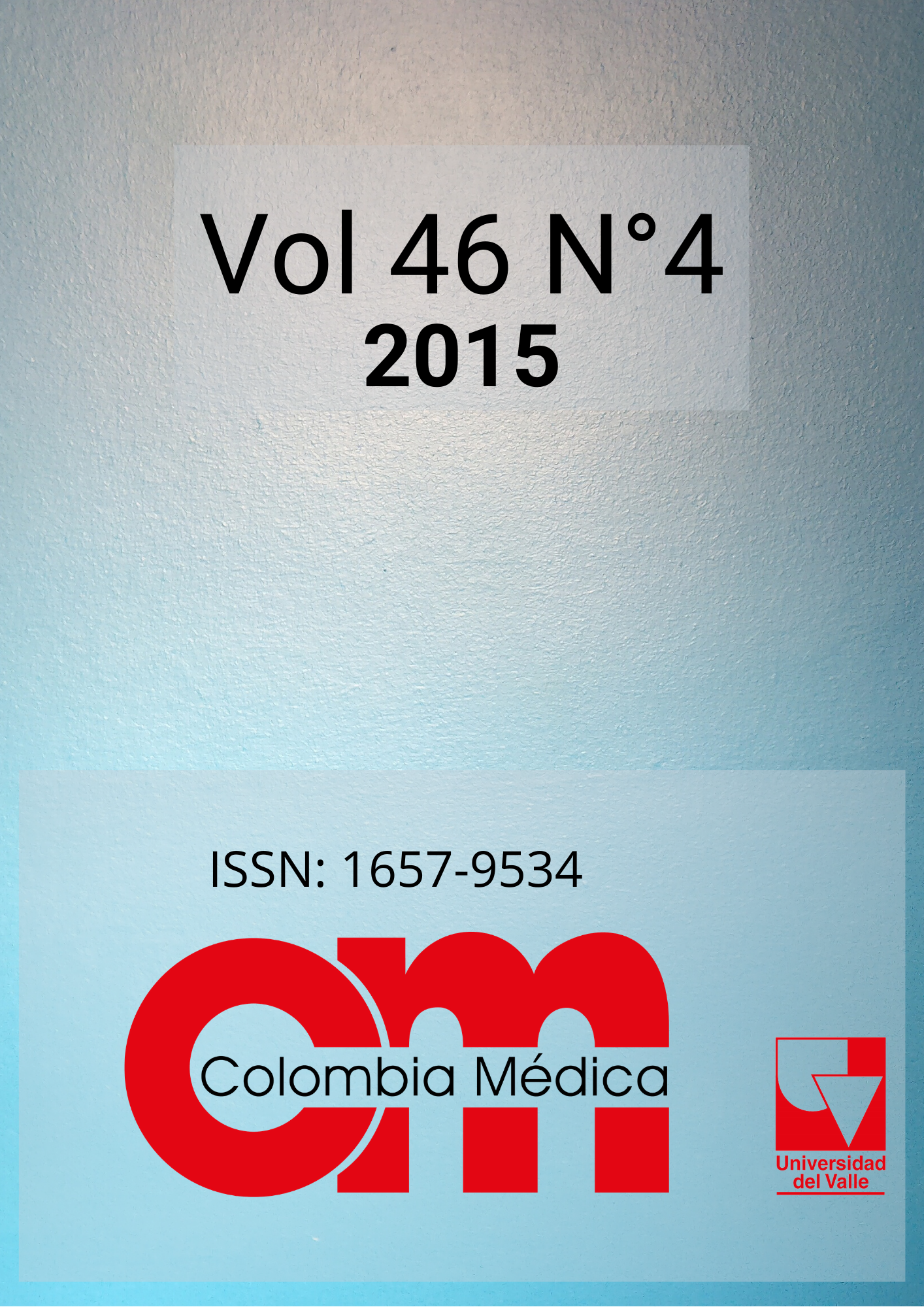Primary prevention of preeclampsia: myth or reality?
Keywords:
Preeclampsia, la prevención, la violencia, la adolescencia, la enfermedad cardiovascularMain Article Content
Redman C. The six stages of preeclampsia. Pregnancy Hypertens. 2014;4(3):246–246. DOI: https://doi.org/10.1016/j.preghy.2014.04.020
Herrera JA, Herrera-Medina R, Herrera-Escobar JP, Nieto-Diaz A. Reduction of maternal mortality due to preeclampsia in Colombia-an interrupted time-series analysis. Colomb Med (Cali) 2014;45(1):25–31. DOI: https://doi.org/10.25100/cm.v45i1.1466
Hofmeyr GJ, Belizan JM, Von Dadelszen P, Calcium and Pre-eclampsia Study Group Low-dose calcium supplementation for preventing pre-eclampsia: a systematic review and commentary. BJOG. 2014;121(8):951–957. DOI: https://doi.org/10.1111/1471-0528.12613
Campos A. The rol of aspirin in preeclampsia prevention: State of the Art. Acta Med Port. 2015;28(4):517–524. [PubMed] DOI: https://doi.org/10.20344/amp.6005
Campos Mondragón MG, Oliart Ros RM, Martínez Martinez A, Méndez Machado GF, , Angulo Guerrero JO. Metabolic syndrome reversion by polyinsaturated fatty acids ingestión. Med Clin (Barc) 2013;141(12):513–518. DOI: https://doi.org/10.1016/j.medcli.2012.10.030
Herrera JA, Arevalo-Herrera M, Shahabuddin AKM, Ersheng G, Herrera S, et al. Calcium and conjugated linoleic acid reduces pregnancy-induced hypertension and decreases intracellular calcium in lymphocytes. Am J Hypertens. 2006;19:381–387. DOI: https://doi.org/10.1016/j.amjhyper.2005.11.004
Alzate A, Herrera-Medina R, Pineda LM. Preeclampsia prevention: a case-control study nested in the cohort. Colomb Med (Cali). 2015; 46(4):156-161. DOI: https://doi.org/10.25100/cm.v46i4.1887
Herrera JA, Chaudhuri G, López-Jaramillo P. Is infection a major risk to preeclampsia. Med Hypotheses. 2001;57(3):393–397. DOI: https://doi.org/10.1054/mehy.2001.1378
Schwartz A. Maternal Mortality. Risk factors, Anthropological Perspectives, Prevalence in Developing Countries and Preventive Strategies for Pregnancy-Related Deaths. New York: Nova Science Publishers Inc; 2015.
Herrera JA, Arévalo-Herrera M, Villegas A, Herrera S, Villalba M, Bromet A. Suplementación oral de calcio en adolescentes embarazadas de bajo nivel socioeconómico y su efecto en las concentraciones de calcio libre intracelular. Colombia Med. 2006;37(S1):9–15.
Henriksen T, Clausen T. The fetal origins hypothesis: placental insufficiency and inheritance versus maternal malnutrition in well-nourished populations. Acta Obstet Gynecol Scand. 2002;81(2):112–114. DOI: https://doi.org/10.1034/j.1600-0412.2002.810204.x
Palltto EK, Kilbride HW. Perinatal outcome and later implications of intrauterine growth restriction. Clin Obstet Gynecol. 2006;49(2):257–269. DOI: https://doi.org/10.1097/00003081-200606000-00008
Ukleba KO, Pavlenishvili IV, Zurabashvili DZ. The influence of perinatal hypoxic-ischemic disorders of central nervous system on adolescent academic achievements and behavioural deviations. Georgian Med News. 2013;218:58–62.
Downloads

This work is licensed under a Creative Commons Attribution-NonCommercial 4.0 International License.
The copy rights of the articles published in Colombia Médica belong to the Universidad del Valle. The contents of the articles that appear in the Journal are exclusively the responsibility of the authors and do not necessarily reflect the opinions of the Editorial Committee of the Journal. It is allowed to reproduce the material published in Colombia Médica without prior authorization for non-commercial use

